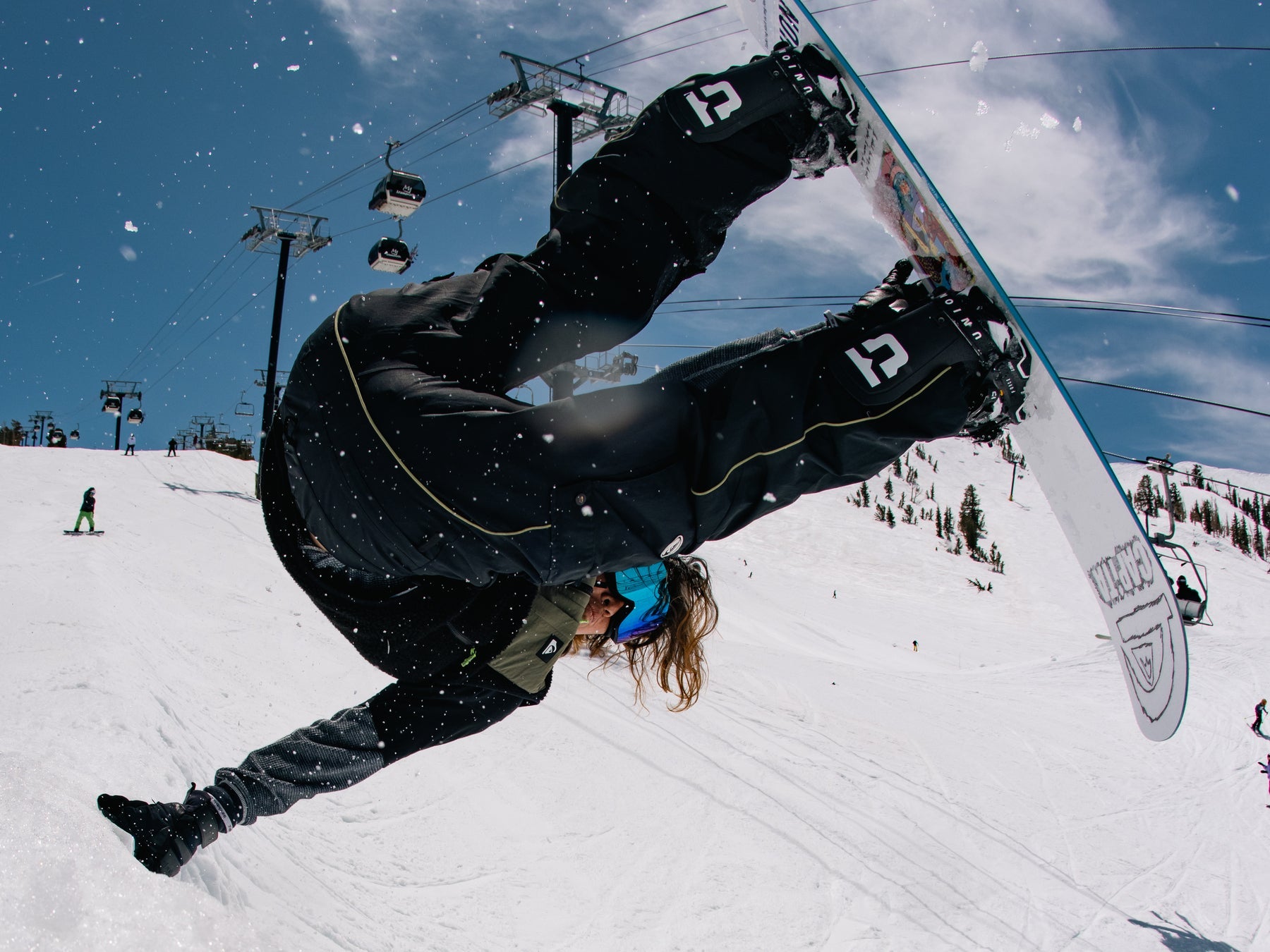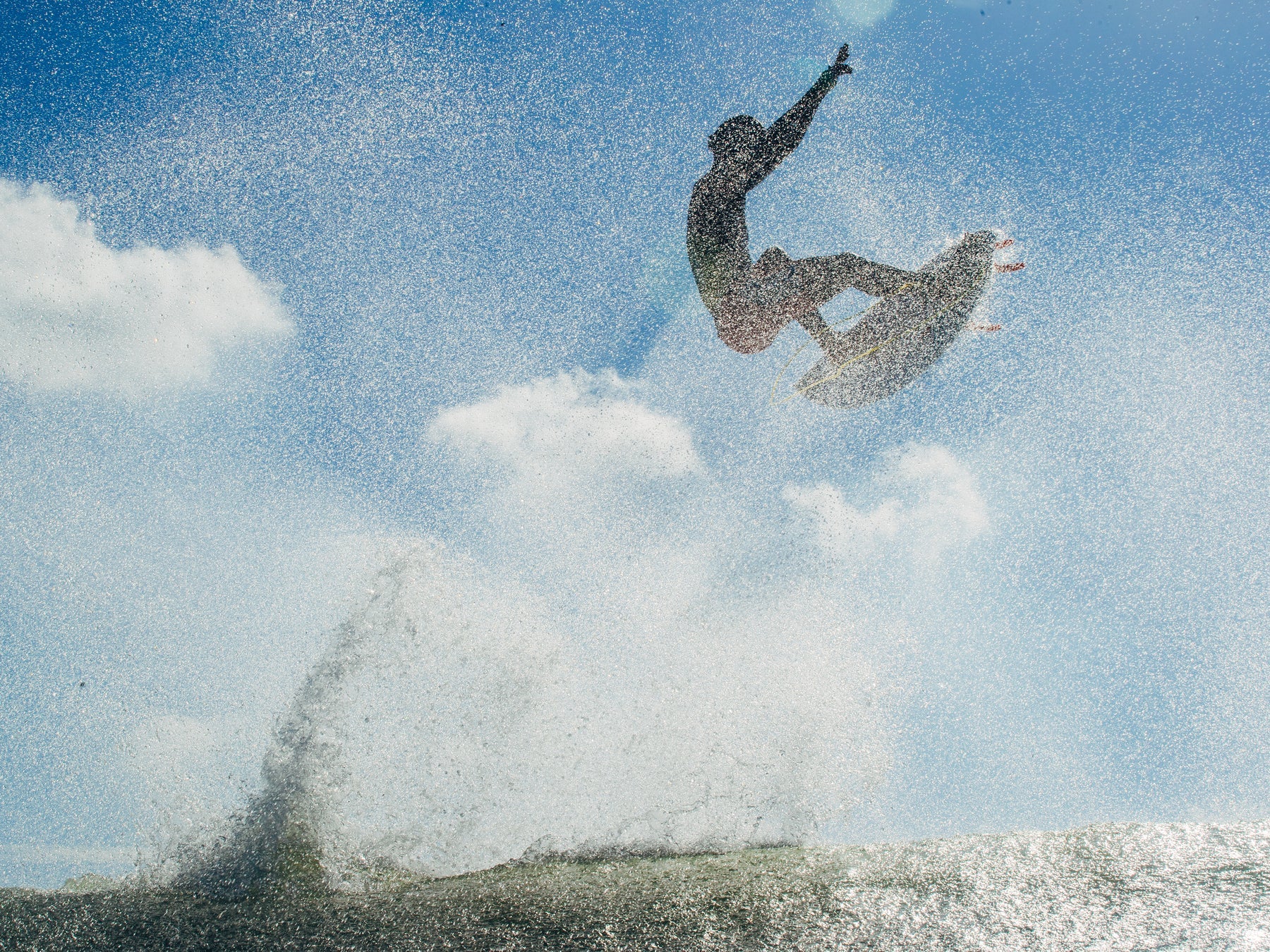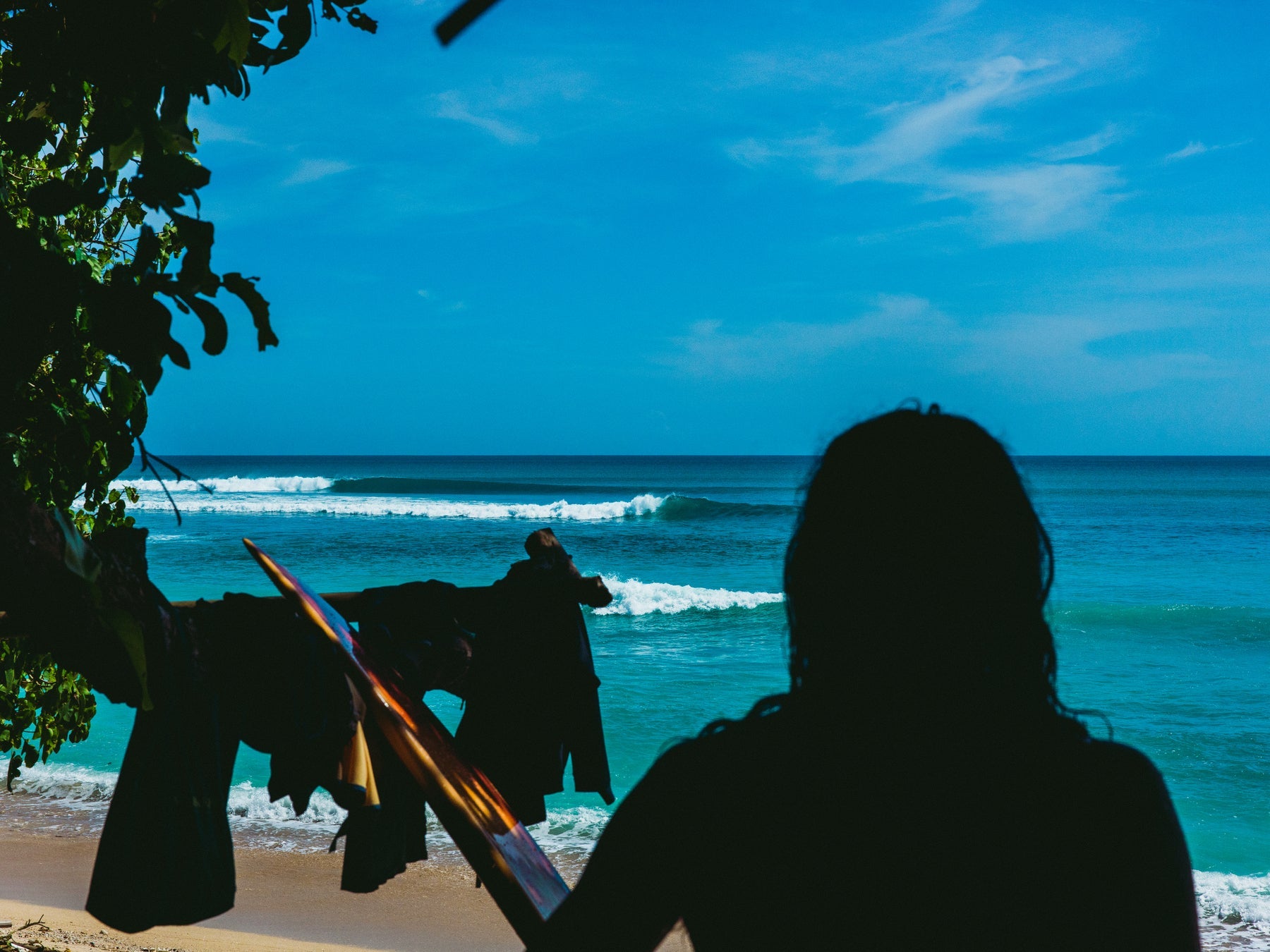
How To Dress for Snowboarding: The Essentials
How to Dress for Snowboarding: the Essentials Snowboarding packing list How to Dress for Snowboarding: the Essentials Snowboarding packing list What to wear snowboarding: first time ...

How To Choose the Perfect Wetsuit
How To Choose the Perfect Wetsuit Different Types of Wetsuits How To Choose the Perfect Wetsuit Different Types of Wetsuits Wetsuit Thickness Wetsuit Zippers Wetsuits Features Wetsui...

The Definitive Wetsuit Repair Guide
How To Repair A Wetsuit What Can Be Repaired? How To Repair A Wetsuit What Can Be Repaired? Wetsuit Repair Preparation Patch and Sew a Wetsuit Wetsuit Repair Kit Big Rip Repair Wets...

How To Layer for Skiing and Snowboarding
How to Layer for Skiing and Snowboarding What to wear under ski and snowboardwear How to Layer for Skiing and Snowboarding What to wear under ski and snowboardwear What is a base la...

The Ultimate Guide to Boardshorts and Swimwear
The Definitive Guide To Boardshorts and Swimwear Boardshorts vs Swim Trunks Boardshorts vs Swim Trunks What Are Boardshorts How To Wear Boardshorts Compression Shorts Board Shorts Car...

Rashguards: Everything You Need To Know
Rashguards: Everything You Need To Know What’s a Rashguard ...